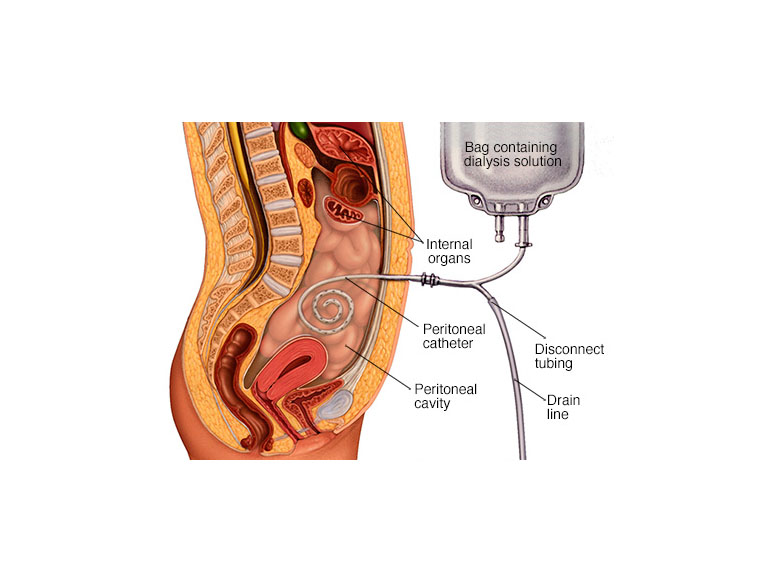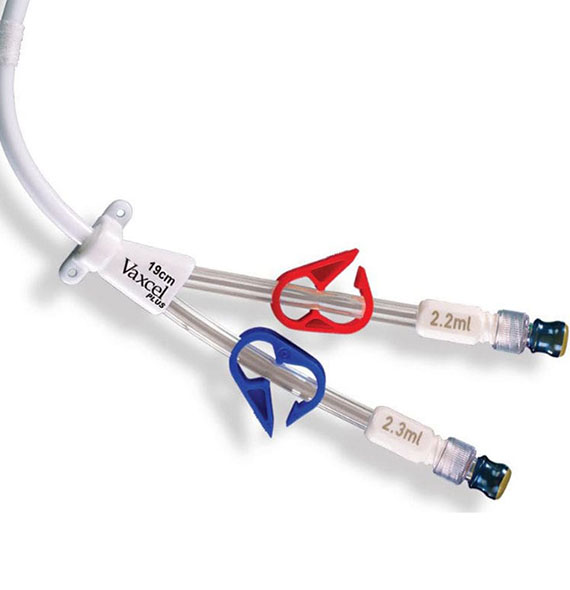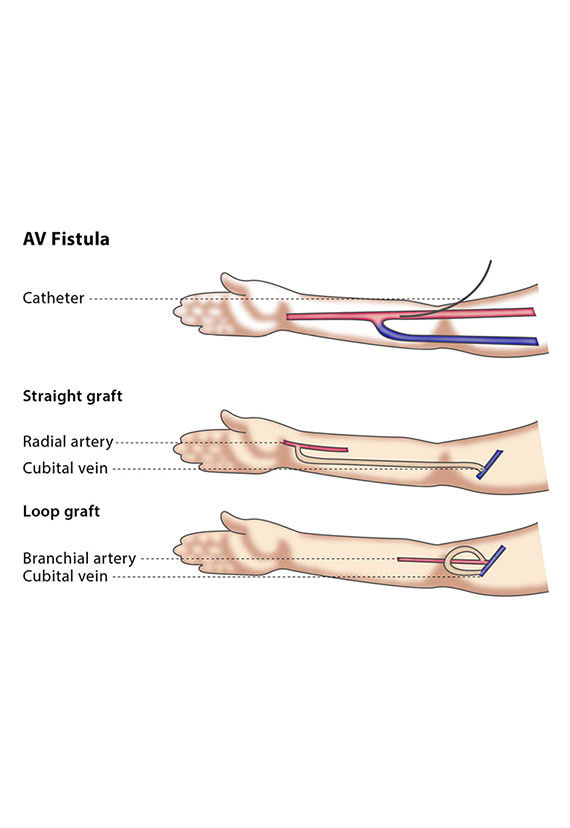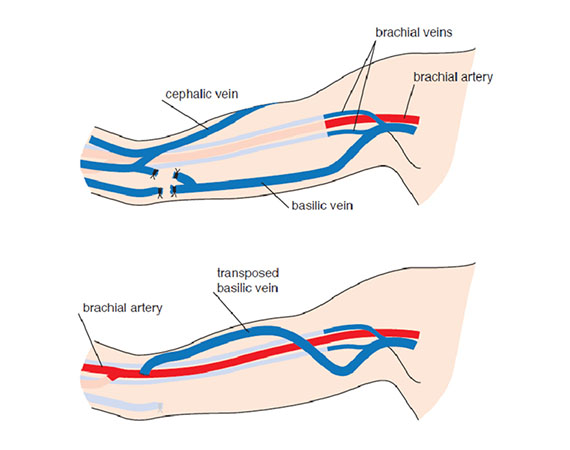Peritoneal Dialysis Catheter Insertion
Peritoneal dialysis differs from hemodialysis, you can give yourself treatments at home, at work or while traveling.
With peritoneal dialysis, a catheter is inserted into the abdomen and left there. In the comfort of your home, you will be able to administer the peritoneal dialysis treatment yourself by using the catheter to fill the abdomen with dialysate and letting it sit there for a period of time. Once the time has elapsed, you can drain the fluid and replace it with fresh dialysate.
Dr. Mouton is able to surgically place the catheter tubing into the abdominal cavity so that the dialysate can be instilled and drained with ease.




